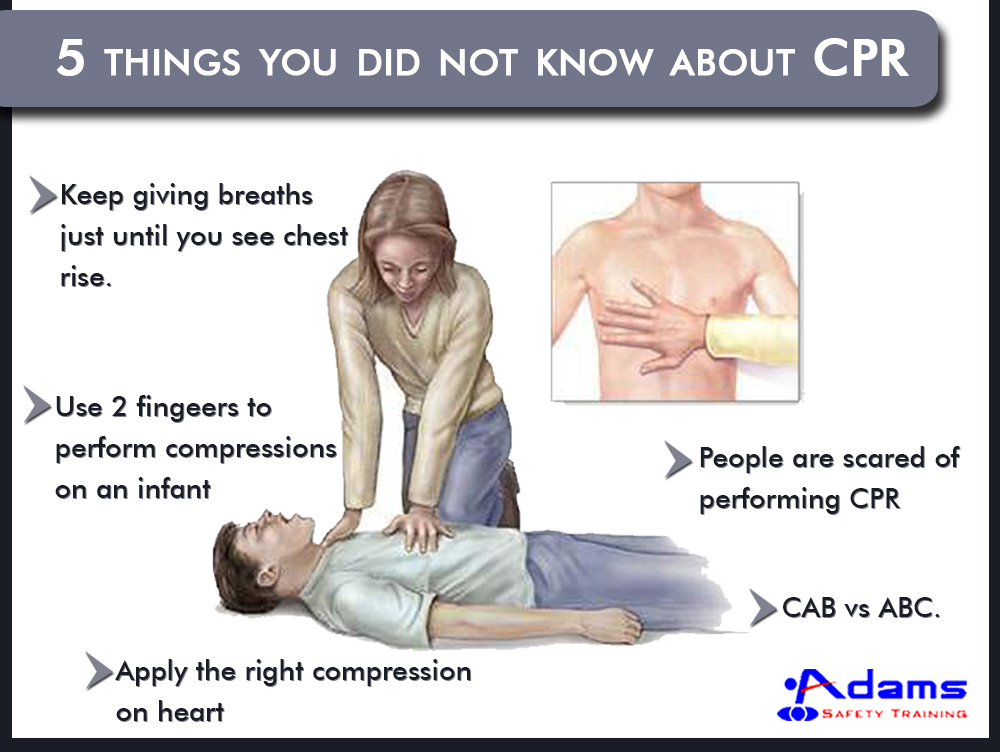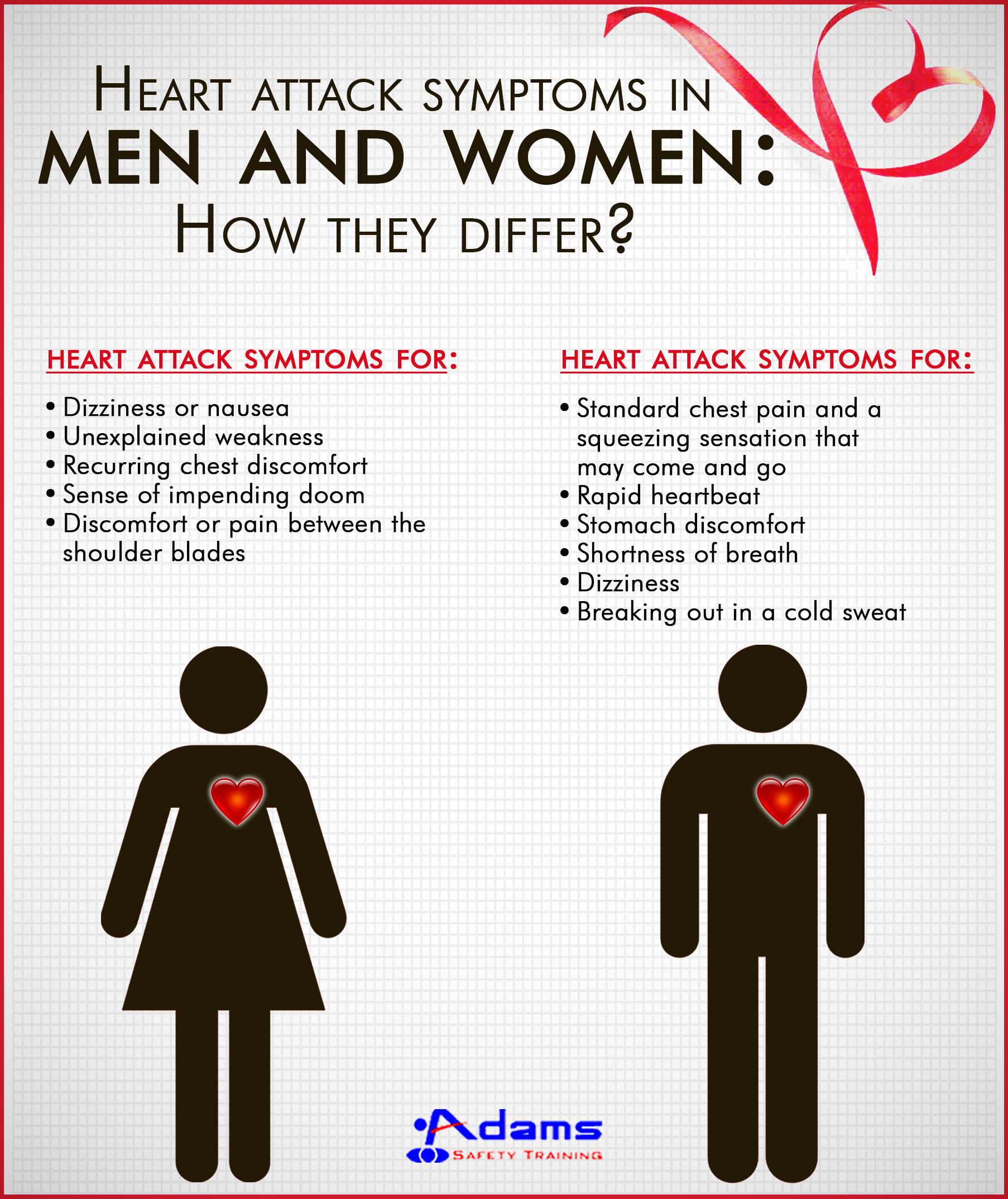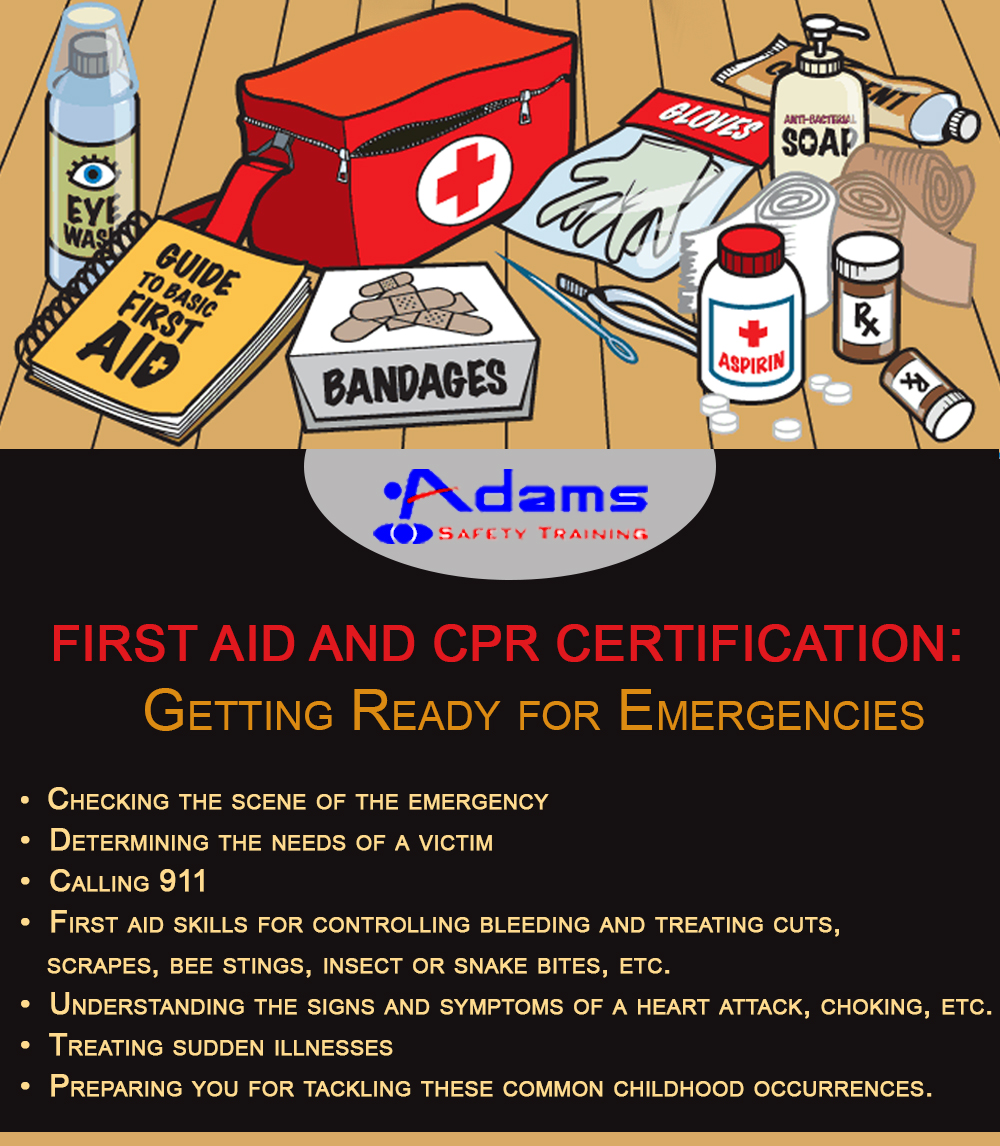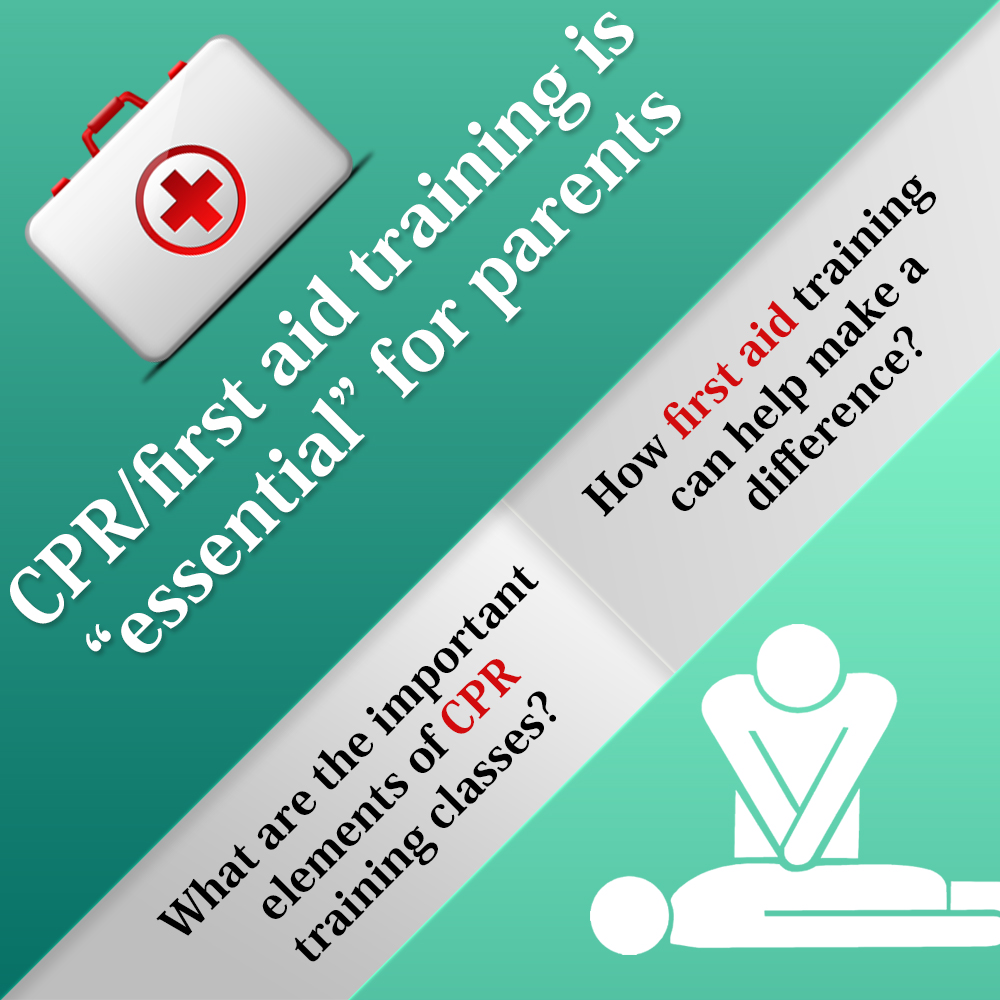Cardiopulmonary Resuscitation (CPR) is a rescue procedure used when a person is not breathing or the heart has stopped beating effectively. This life-saving procedure keeps blood pumping through the heart until emergency medical assistance arrives. Learning the fundamentals of a life support skill could help you save a person’s life. Whether you’re trained in CPR or going to attend a CPR training class, you should know 5 interesting things about this basic life sustaining skill:
Keep giving breaths just until you see chest rise.
A rising chest indicates the lungs are full of air. If we continue to blow and over-inflate the lungs, the air will overflow into the stomach. Since our stomach is like a balloon, it can blow up to a point and then collapses. This collapse causes vomitting or can alos go into the patient’s lungs, causing infection leading to death.
Use 2 fingers to perform compressions on an infant
Infants are fragile. Using the full weight of your hand can crush the infant. The pain we feel in our 2 fingers is the safety measure to prevent us from applying too much pressure on the infant.
Apply the right compression on heart
If you go too fast, you don’t give the heart enough time to refill with blood before your next compression. Essentially, you are pumping an empty heart. If you go too slow, you won’t build up the necessary blood pressure to allow for the exchange of oxygen and carbon dioxide to occur.
CAB vs ABC.
CAB stands for compressions, airway, breathing. Studies show that there is still oxygenated blood in a person’s body. We can give them breaths, but that is not going to do anything. Until we start compressions and raise their blood pressure, the oxygen they have will not get to those vital organs.
People are scared of performing CPR
There are people who are scared to perform CPR during an emergency because of the legalities attached to it. The fear of getting sued, if they make a mistake while giving CPR makes them jittery. There isn’t any lawsuit against such mistakes or errors. Lawsuits are enforced on certified CPR professionals or when they make use of AED.









